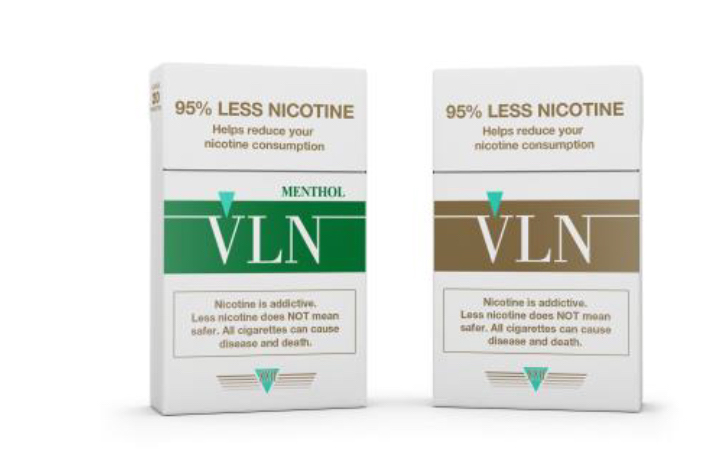The nonprofit’s policy experts lay out the best ways for state, county and city officials to disperse the massive amounts of money coming their way
By Jason Langendorf
May 13, 2021Amid a swirl of litigation across the country aimed at holding accountable the drug manufacturers and distributors who have been accused of fueling the opioid crisis, a group of addiction policy experts proposed recommendations for the best use of any settlement funds to come.
Last week Pew Charitable Trusts published a set of guidelines in Governing that are aimed at state, county and municipal officials who are expected to receive a settlement windfall in the aftermath of sweeping opioid litigation.
“It’s important for policymakers and lawmakers to start thinking about and planning for these dollars that will be coming to the states and counties because they have been the ones to bring suit,” says Beth Connolly, project director of the Substance Use Prevention and Treatment Initiative at Pew Charitable Trusts. “And they need to start planning now in order to ensure that the opioid settlement funds are used to address the opioid crisis that we have.”
“All That Money Is Blood Money”
The settlement concerns of addiction experts are well-founded. In February, for example, the state of New York received $32 million in funding from a total $573 million settlement between 47 state attorneys general and McKinsey & Company, a consulting firm that worked with opioid maker Purdue Pharma, among others. But according to The Buffalo News, nearly two-thirds of that money was diverted to the state’s general fund, while the rest went toward funding a medication-assisted treatment (MAT) prison program at the same level as the previous year.
That money is coming to the state on the backs of people who died from opiates. It should go to the people who need it the most—the people suffering from addiction and mental health [conditions].”—Avi Israel, founder and president of Save the Michaels of the World, to “The Buffalo News”
“All that money is blood money,” Avi Israel, founder and president of the addiction treatment resource Save the Michaels of the World, told The Buffalo News. Israel, whose son died by suicide in 2014 after he couldn’t gain entry to a treatment facility, later founded Save the Michaels of the World. “That money is coming to the state on the backs of people who died from opiates,” Israel told the paper. “It should go to the people who need it the most—the people suffering from addiction and mental health [conditions].”
In West Virginia, where opioid prescription and overdose rates have been among the highest in the country, a trial began on May 10 in which Cabell County claims opioid distributors McKesson Corporation, AmerisourceBergen and Cardinal Health failed to uphold their responsibilities under the Controlled Substances Act. It’s believed that the case could set a precedent to be followed for similar suits, at all levels, across the country.
Pew’s Opioid Settlement Guidelines
The strategies outlined by Connolly and her Pew colleague Jeff Chapman, who oversee the organization’s state fiscal health initiative and substance use prevention and treatment initiative, are based on the Principles for the Use of Funds from the Opioid Litigation. Authored and endorsed by a broad coalition of stakeholders coordinated by Johns Hopkins University, these principles encourage policymakers to:
- Give priority to evidence-based programs and services that have been proven effective
- Develop a multiyear budget
- Publicly track and report spending
Policymakers need to sit down, examine where the gaps are in their systems—whether it is in recovery, treatment, harm reduction.”—Beth Connolly, Pew Charitable Trusts
Connolly emphasizes that it’s important for policymakers to support evidence-based solutions and create dedicated funds that are transparent and easily tracked by the public. She also believes settlement funds are best devoted to a one-time investment (Connolly and Chapman cite telehealth upgrades as an example) rather than funneling it into programs that will require long-term funding.
“The best return on investment requires a state-by-state examination, and that’s why planning is so important,” Connolly said. “Some states have a different infrastructure than other states, and so an investment in one state might not be the right investment for another state.
“Policymakers need to sit down, examine where the gaps are in their systems—whether it is in recovery, treatment, harm reduction. What are the appropriate gaps that should be filled by a one-time funding source or a time-limited funding source for each state?”
Photo: Anne Nygard














